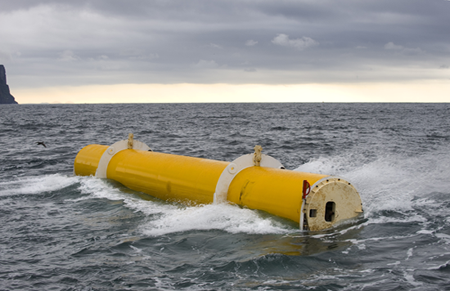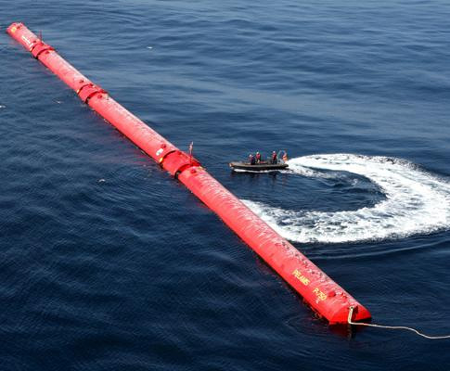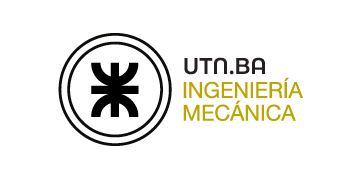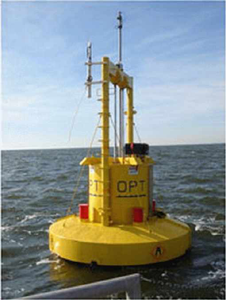Wave power energy in the world
Machinery able to exploit wave power is generally known as a wave energy converter (WEC) and it is in full swing. According to the World Energy Council, there are more than 4,000 patents of wave energy converters; this shows that we are in a very active research field.
For many years Great Britain, Spain and Portugal have been investing in developing this type of energy capture systems.
For example numerous tests were performed in the British Isles, in Scotland for 11 years has been running a WEC of 75 KW in the island of Islay, the experience gained during that time much has allowed a replacement of that device for a higher one of 500 kW.
Over the last 5 years, Great Britain has invested in wave energy projects around 5 million pounds and has approved a 42 million pounds project.
Portugal created the world’s first wave farm. It was located 5 km (3 mi) offshore near Póvoa de Varzim north of Porto in Portugal, and was designed to use three Pelamis wave energy converters. This device is made up of connected sections which flex and bend as waves pass. The farm had 2.25 MW in total installed capacity.
Both in the Nordic countries of Europe as in Korea and Japan are creating devices to capture this energy from docks and even in Japan a yacht has been developed a yacht to use wave energy for moving and lighting.
There are also experiences in the South American area, like Ecuador, Chile and Brazil. In this last mentioned country, a project capture the energy of the waves in their pounding against a breakwater is underway and is currently managed by the Federal University of Rio de Janeiro in the State of Ceará.
The Department of energy of the United States of America (DOE) has set a series of goals to achieve the energy self-supply; in this way it is working hard on developing biofuels, wind, solar and geothermal energy, as well as the wave energy, giving place, in 2010, in Oregon to the first U.S. site for a wave-power farm.
We will show below some of the more important devices, currently used in the world:
- Aquamarine Power’s Oyster wave power is a hydro-electric wave energy device. It is made up of a Power Connector Frame (PCF), which is bolted to the seabed, and a Power Capture Unit (PCU). The PCU is a hinged buoyant flap that moves back and forth with movement of the waves. The movement of the flap drives two hydraulic pistons that feed high-pressured water to an onshore hydro-electric turbine, which drives a generator to make electricity.

- Pelamis Wave Energy Converter is an offshore WEC, operating in water depths greater than 50m. The machine consists of a series of semi-submerged cylindrical sections linked by hinged joints. As waves pass along the length of the machine, the sections move relative to one another. The wave-induced motion of the sections is resisted by hydraulic cylinders which pump high pressure oil through hydraulic motors via smoothing hydraulic accumulators. The hydraulic motors drive electrical generators to produce electricity.

- OPT – Iberdrola PowerBuoy it is a point absorber or buoy, that moves freeley up and down by the rising and falling of the offshore waves. The resultant mechanical stroking drives an electrical generator. The generated wave power is transmitted ashore via an underwater power cable.

